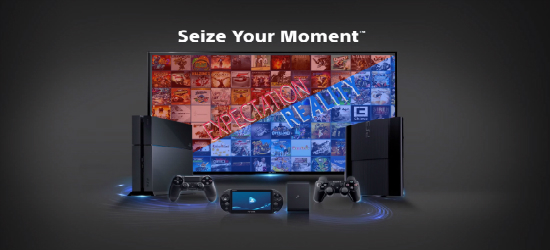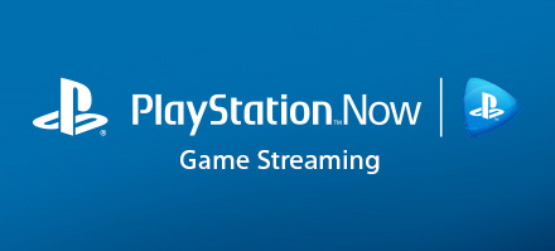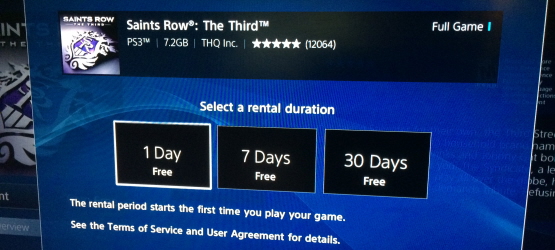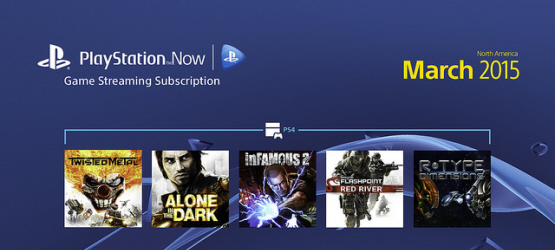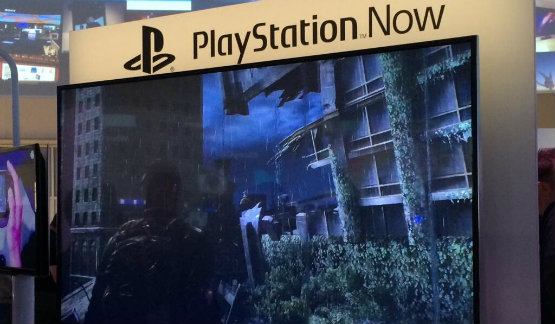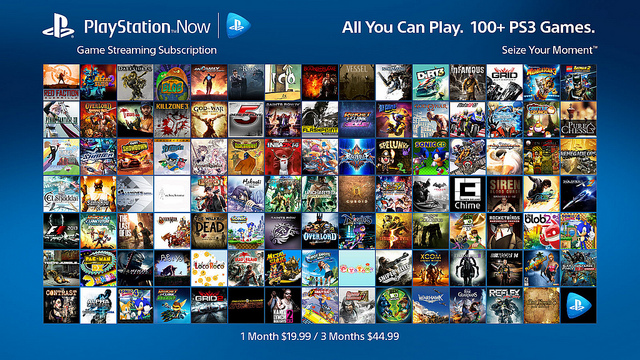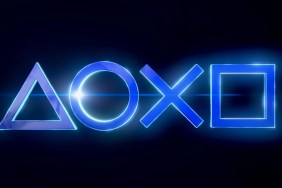In the days leading up to E3, 2012, Sony formally announced plans to acquire cloud gaming company Gaikai for a whopping $380 million. It was an acquisition that had been on the cards for some time, the long-awaited union between console hardware and the cloud, but when both parties signed along the dotted line, the deal was a sure-fire sign that the Japanese giant was laying the foundations of tomorrow.
At the time, Sony Computer Entertainment President Andrew House said the futuristic tech would bestow the company with the ability to provide users with an “unparalleled cloud entertainment experience.” For the PlayStation community, this was proof of Sony taking heed of one crucial fact: the video game industry is barreling down on its own Netflix moment, and it’s now a question of when — not if — streaming software across the Internet becomes the norm.
Baby Steps Toward Tomorrow
With the advent of reliable on-demand gaming services looming large, gamers were chomping at the bit to learn more about this most intriguing concept. After all, since its founding in 2008, Gakai has garnered a reputation for bleeding-edge performance via its robust server-side technology. But there was also a degree of skepticism underpinning this blue-sky thinking.
Could Sony, with a class-leading cloud infrastructure now at its disposal, provide a stable user experience regardless of whether said game is a turn-based RPG or a blistering shooter? Indeed with the likes of EA Access and OnLive competing for the coveted lion’s share of the same demographic, would the company’s new-fangled service sink or swim on price alone?
It wasn’t until July of last year that Sony’s digital master plan leapt from the drawing board in the form of PlayStation Now, a branded online system that would begin life on the publisher’s devices before proliferating to other third-party platforms such as Samsung TVs. Still in its embryonic state, PS Now was then rolled out in beta form, as Sony tested the waters by opening up the PlayStation 3’s vault of enviable software.
The Power of Nostalgia
Prior to launch, would-be PlayStation Now subscribers were promised full access to around 100 PS3 games, with PSN gems such as Shatter and first-party blockbusters in the vein of The Last of Us lining the proverbial shelves of Sony’s digital library.
As an indirect answer to backwards compatibility, the catalog was met with a fair deal of excitement. Plus, considering that a significant chunk of PS4’s user base migrated over from Microsoft and the Xbox 360, PS Now represented an opportunity for newcomers to delve into a lost generation.
That said, while Sony’s last-gen console undoubtedly boasts a rich and diverse library, the PS3 accounts for a only small portion of the publisher’s 20-year legacy — a legacy crafted and later galvanized by the PSOne and PS2, respectively.
All You Can Play
And so, as PS Now neared its January due date, the general consensus was riddled with tapered expectations. Given the bold, future-proofing nature of the initial reveal two years ago, it seemed safe to assume that Sony would unlock the libraries of all PlayStation platforms in one fell swoop.
Couple this with the controversy that arose over pricing and the service has proven to be somewhat of a slow burner in its early stages; evidence of Sony taking small, calculated steps rather than giant, revolutionary leaps toward the all-digital future.
Perhaps one of the most crucial of these first steps was the decision to alter the per-game rental structure, offering subscribers free reign over the digital library thanks to a Netflix-like, all-you-can-play model. Granted, the option to rent still exists, but pay $19.99 per month (or, alternatively, $44.99) and you’ll be able to utilize the service as it was intended.
We’ve already touched upon the inherent value of PlayStation Now, and it’s wholly apparent that, even if users play through a total of three games per month, players are still getting a bang for their buck.
But now that the PS4 version has graduated out of beta phase, has the end product delivered on what was once promised? In short: mostly.
With over 100 games at your disposal, there’s no question that Sony has provided the end user with ample software to choose from. Plus, the fact that PS Now negates any frustrating installation times because all data is pulled from Sony’s servers is as refreshing as it is convenient.
Does PS Now Deliver?
However, delegating the vast majority of hard graft to your network connection is excellent in theory, but the actual execution hasn’t been without teething problems of its own. Latency and image compression have and always will be a concern for PlayStation Now. To circumvent any issues, Sony recommends a steady Internet connection with speeds of 5mbps at least, not to mention a reliable home network that isn’t likely to cut out mid-stream.
Failing that requirement will cause notable dips in quality, be it through stuttering gameplay or audio glitches. Of course, it doesn’t matter if your Internet connection at home is the cream of the crop, and you happen to be fortuitous enough to be within close range of a data center, the experience beamed across cyberspace won’t be the same as its disk-based counterpart, no matter how small the technical margin.
And in reality, that’s okay.
Take resolution. Amid the rendering, compressing, optimizing and then transmitting black magic that’s bouncing back and forth between your hardware and Sony’s servers, the finalizing content that will appear in front of you will be locked at 720p for now. A number that has caused quite the kerfuffle on the Internet of late, PS Now subscribers needn’t fret as the vast majority of PS3 games — including Naughty Dog’s magnum opus, The Last of Us — run natively in this same resolution.
A Question of Infrastructure
All in all, performance largely hinges on your personal location and the strength of your connection, but if early reports are to be believed, these restrictions won’t have any effect on PSOne and PS2 titles.
Why? Because rather than utilising the power of the cloud service, it’s been said that Sony will take advantage of hardware emulation on the PlayStation 4, meaning that all code will run locally on the system. Not only will this allay any latency issues, this approach will also ensure that games pulled from generations past won’t succumb to the blurry effects of upscaling, which would certainly impact the enjoyment of PSOne and PS2 software.
Mind you, each console library remains behind closed doors for the time being, though Sony reaffirmed that PSOne and PS2 titles are still very much in the pipeline, and remain as part of the company’s “long-term plan” for PlayStation Now. A disappointing tidbit for early adopters, but all will be forgiven should the publisher introduce both libraries sooner rather than latter.
Content is King
Besides, considering that Sony is ushering in a handful of new software each month in the vein of PlayStation Plus, it’s difficult to foresee a situation where subscribers are stricken with a case of idle thumbs.
As for the other expectations that loomed large over PS Now’s arrival, save data is indeed stored in the cloud, while multiplayer sessions aren’t limited to subscribers. Trophy support remains intact, and your progress won’t be discarded should you decide to cancel your membership. Huzzah!
Ultimately, after almost two months on the market at its fully-fledged form, the general verdict tethered to PlayStation Now is good, but not quite great.
Hamstrung by a lack of must-play of software not to mention the controversial pricing model, PS Now currently exists as an evolution of game streaming services as opposed to an out-and-out revolution. Still, Sony’s service is launching at a time when Internet speeds and bandwidth continue to grow and develop at a blistering pace, and given that the company has only opened up a fraction of PlayStation’s prestigious library, there’s really only one direction in which the service can go.
The Future is Bright, It Seems
Physical media may be here to stay for the time being, but in 5-10 years when we collectively turn our noses up at that recommended 5mbps, the idea that accessing all of PlayStation’s library of software across a litany of platforms anytime, anywhere can become a reality is almost too good to be true.
Sure, questions about rental pricing and software remain, but if Sony continue to build in this direction, that $380 million Gakai acquisition will look like a shrewd piece of business on the company’s part, as opposed to a risky gamble.
PlayStation-Now-Expectation-Reality
-
First-Party Backing

The Last of Us stands as the poster child for PS Now's PlayStation 3 library, but Sony needs to continue to introduce new titles regularly if the service is to build momentum.
-
Third-Party Gems

Of the 100+ titles currently lining the digital shelves, there are but a few must-play games. Even still, Sony has laid a solid foundation upon which to build a rich game streaming service.
-
Support is Key
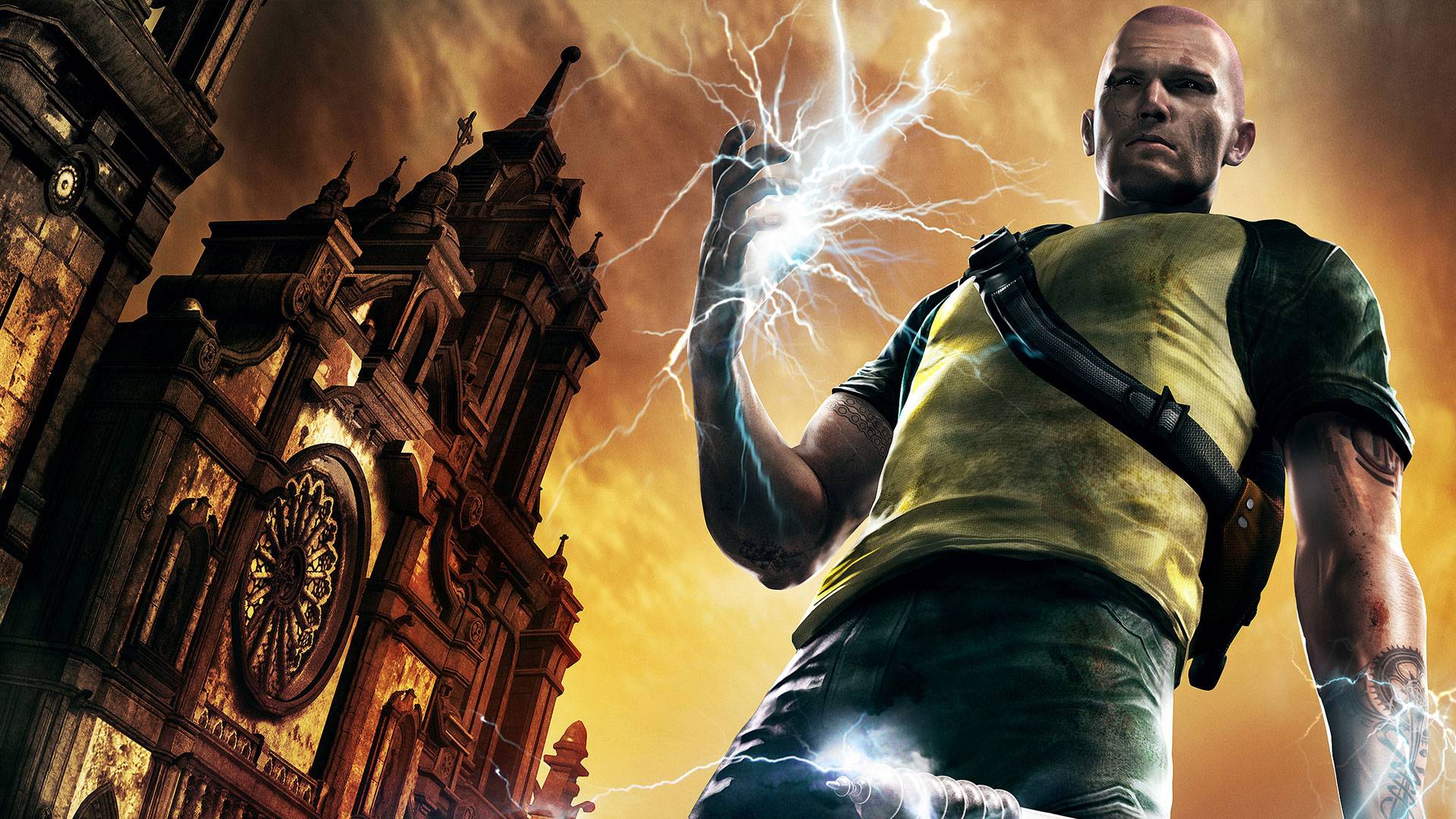
Currently, Sony is adding a handful of new titles on a monthly basis not unlike PlayStation Plus, with March's additions including the likes of Sucker Punch's inFamous 2.
-
PS4 Showcases

We touched upon the long-term introduction of PSOne and PS2 software, but Sony also has plans to add PS4 access to PlayStation Now, perhaps shifting the spotlight to console exclusives such as Killzone: Shadow Fall.
-
Oh, the Nostalgia
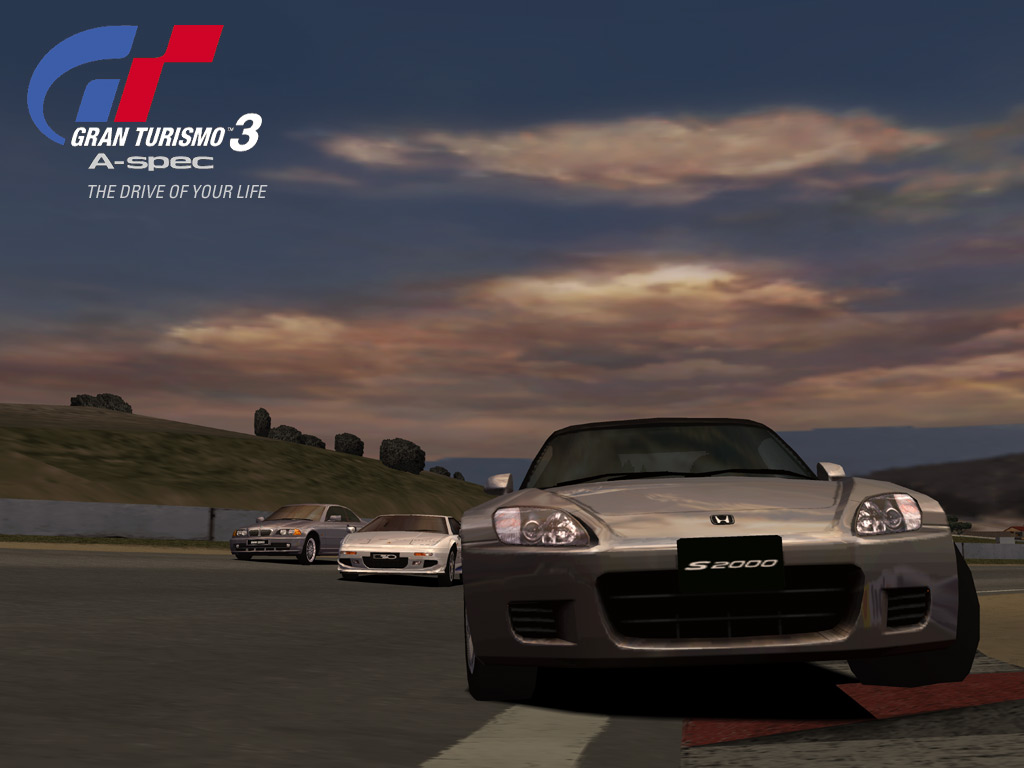
Reports have suggested that PSOne and PS2 software will run locally through the use of hardware emulation, which could negate any fears that older games would suffer from the upscaling effect. Now, who fancies another shot at Gran Turismo 3's Endurance tests?
